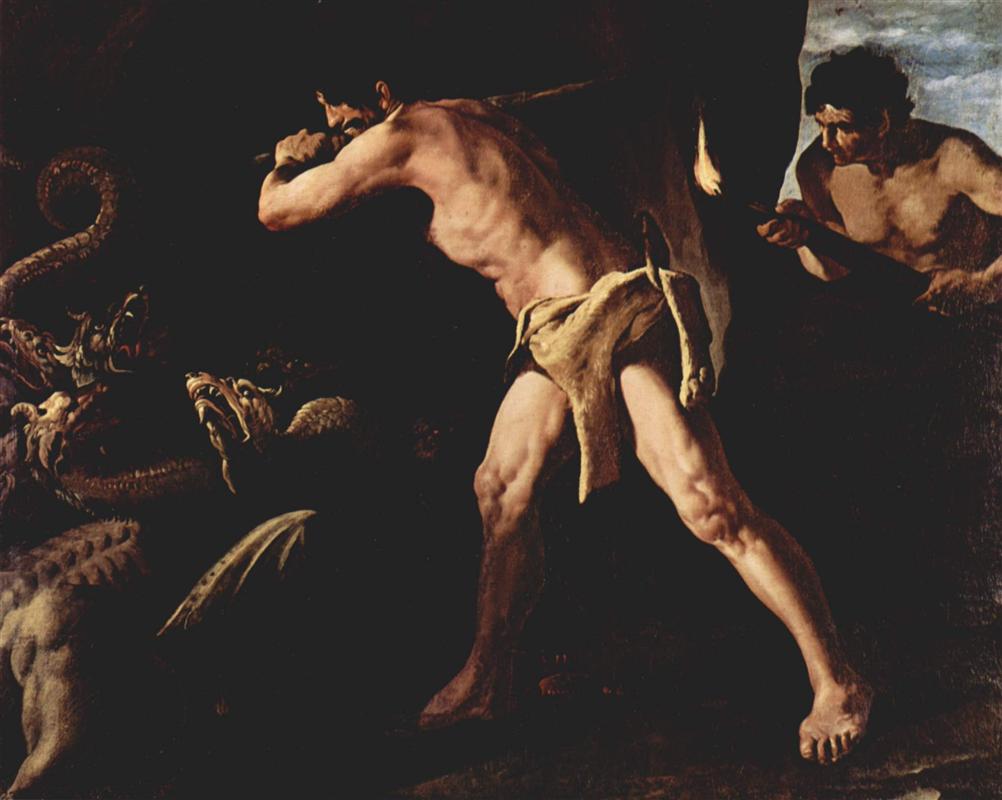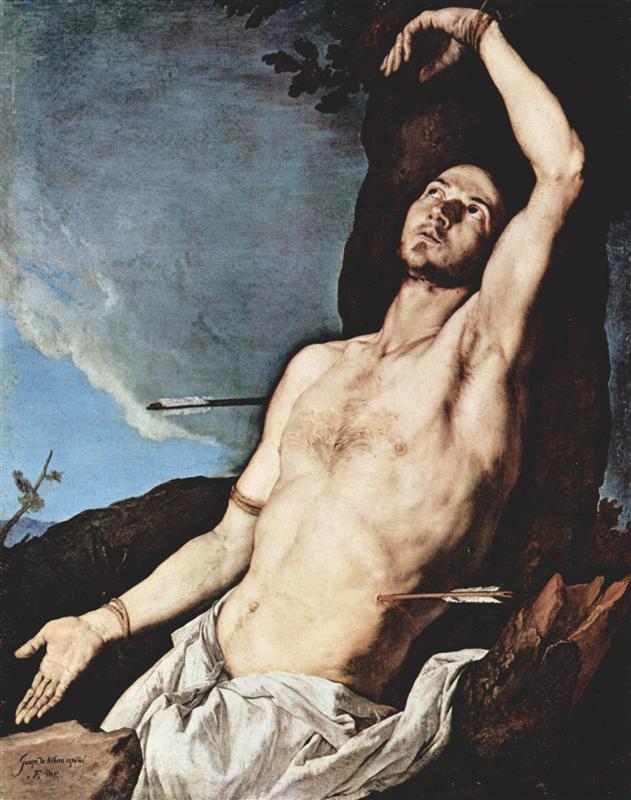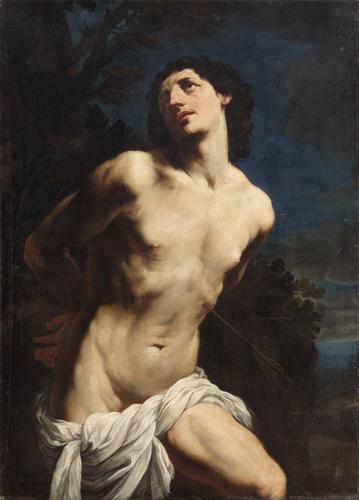CLARK BRINGS MASTERPIECES FROM SPAIN’S PRADO MUSEUM
TO U.S. IN
SPLENDOR, MYTH, AND VISION: NUDES FROM THE PRADO
Exclusively at the Clark June 11 – October 10, 2016
In summer 2016 the Clark Art Institute is the exclusive venue for
Splendor, Myth, and Vision: Nudes from the Prado. The exhibition, co-organized by
the Clark and the Museo Nacional del Prado, Madrid, consists of twenty-eight
Old Master paintings of the nude, twenty-four of which have never traveled to
the United States. The exhibition examines the collecting of sixteenth- and
seventeenth-century paintings of the nude at the Spanish court, explores the
histories of these works and their display in the Spanish Royal Collections,
and reconsiders the significant role of the nude in European art. The
exhibition will be on view June 11–October 10, 2016.The
Prado’s collection of Old Master paintings, widely recognized as one of the
most important in the world, is characterized by a significant concentration of
mythological, allegorical, historical, and religious paintings depicting nudes.
The works presented in Splendor, Myth, and Vision were selected from the Prado’s
unparalleled holdings, not only for their relationship to the exhibition’s
themes, but also for their individual histories and artistic merit.
The
exhibition explores the Spanish monarchy’s collection and display of sensual
paintings during the sixteenth and seventeenth centuries in major works by
Titian (Italian, c. 1488– 1576), Peter Paul Rubens (Flemish, 1577–1640), Jacopo
Tintoretto (Italian, 1519–1594), Diego Velàzquez (Spanish, 1599–1660); Jusepe
de Ribera (Spanish, c. 1591–1652), and Jan Brueghel the Elder (Flemish,
1568–1625) , among others. The exhibition places particular emphasis on two of
the greatest art patrons of their time: Philip II (r. 1556–1598) and Philip IV
(r. 1621–1665). The exhibition includes important portraits of these
patrons—Philip II painted by Titian and his workshop in 1549–50, and Philip IV
painted by Diego Velàzquez, c. 1653–55.
Most
of the works of art in the exhibition—many of which depict eroticized,
mythological, female nudes—were made for or collected by a succession of
Spanish kings as articulations of
their secular and religious power, as reminders of virtue and vice, and as
objects of private delight. A number of these paintings within the Spanish
Royal Collections were secluded from public view in private, or reserved, rooms
known as salas reservadas. When
the Museo del Prado opened to the public in the nineteenth century, the
tradition continued with many of the paintings of the nude being placed in a
specially designated room. The museum’s sala reservada existed between 1827 and 1838.
The
survival of paintings of the nude collected by the Spanish monarchy is a
compelling story of the clash between public morals, private tastes, and the
exercise of power. While Philip II and Philip IV celebrated depictions of the
human form, Philip III (r. 1598–1621) was troubled by nudity and kept many
works collected by his father out of sight, feeling that they were in conflict
with his religiosity. Even more extreme, Charles III (r. 1759–1788) and Charles
IV (r.
1788–1808) considered having the paintings destroyed to avoid the moral
corruption of those who might view them. Subsequently, many of these works were
placed in the Academy of San Fernando with the dual intention of limiting
public access to the paintings and providing pedagogical tools to students.
More than two centuries later, the nude continues to evoke powerful responses
across the spectrum of emotion, from censorship to celebrated acceptance.
Philip II, Titian, and the Venetian Nude
Philip
II was one of the most important patrons of the Venetian painter Titian,
commissioning from him a number of portraits and mythological paintings that
celebrated the nude. The most erotically charged of these paintings were kept
away from public view in private chambers near the king’s quarters. Because of
the high concentration of works by the artist, these and similar rooms later
became known as the Bovedas de Titian (Titian Vaults).
Titian
and Jacopo Tintoretto were two of the most important Venetian artists of the
sixteenth century, both known for their sensual depictions of the female nude.
Venus
with an Organist and Cupid (Titian, c. 1550–1555), which was housed in the Titian Vaults, depicts a
reclining Venus accompanied by a male musician. Titian made several versions of
this composition, a subject that appealed to the sophisticated collectors of
the time. The painting weaves together love, erotic desire, and the senses in
an exploration of beauty and harmony.
Joseph and Potiphar’s Wife (c. 1555) and
Susannah and the Elders (c. 1555), both by Jacopo Tintoretto, were also displayed in the Titian Vaults. They are included in the exhibition as outstanding examples of the artist’s use of the nude figure in depicting biblical stories with an emphasis on the sensual and exotic.
Susannah and the Elders (c. 1555), both by Jacopo Tintoretto, were also displayed in the Titian Vaults. They are included in the exhibition as outstanding examples of the artist’s use of the nude figure in depicting biblical stories with an emphasis on the sensual and exotic.
Domenico
Tintoretto’s Lady Revealing her Breast (c. 1580–90), a work that was housed in the sala
reservada, is a
mysterious painting depicting a courtesan. It has been suggested that the woman
shown is Veronica Franco, the most celebrated Venetian courtesan of the second
half of the sixteenth century. However, the identity of the sitter has never
been confirmed. Unlike other images of courtesans, who generally look directly
at the viewer, this painting depicts a profile. The bold presentation of the
young woman’s breasts creates a contradiction that serves to enhance the
painting’s sensuality.
Philip
IV built a number of new royal residences, including an opulent hunting lodge
known as the Torre de la Parada. A major patron of Rubens, Philip IV
commissioned him to paint more than sixty mythologies based on Ovid’s Metamorphoses
for the lodge. These
massive canvases were installed in one large room, creating a stunning visual
effect. Rubens’s advanced age at the time of the commission made it impossible
for him to execute all of the works himself, leading him to rely on members of
his studio and various assistants to create many of the works based on his oil
sketches.
Two of the fourteen paintings executed by Rubens himself for the lodge are included in the exhibition:
Fortuna (1636)
and Rape of Hippodamia or The Lapiths and the Centaurs (1636–38).
Another of the Torre de la Parada paintings included in the exhibition, the
Marriage of Peleus and Thetis (1636–38), was executed by Jacob Jordaens (Flemish, 1593–1678), an associate of Rubens.
Two of the fourteen paintings executed by Rubens himself for the lodge are included in the exhibition:
Fortuna (1636)
and Rape of Hippodamia or The Lapiths and the Centaurs (1636–38).
Another of the Torre de la Parada paintings included in the exhibition, the
Marriage of Peleus and Thetis (1636–38), was executed by Jacob Jordaens (Flemish, 1593–1678), an associate of Rubens.
Fortuna is a stunning full-length nude depicting the goddess of
fortune balancing on a sphere set within a stormy landscape. The goddess
represents the varied chances of life; she can bring happiness, but also
misfortune. Fortuna epitomizes
Rubens’s beautiful rendering of the fleshy, robust female figure, a style that
became his hallmark.
Measuring
nearly six by ten feet, Rape of Hippodamia has a frieze-like composition; the horizontal
direction strengthens the painting’s sense of violence. The painting tells the
story of the wedding banquet of the king of the Lapiths at which the centaurs
attempt to kidnap the bride. A bloody battle ensues, resulting in the defeat of
the centaurs. This myth illustrates the battle between civilization and
bestiality and could have served as a source of contemplation for a monarch seeking
to rule justly.
Rubens
was a great admirer of Titian, finding inspiration in the Venetian’s vigorous
brushwork and rich use of color. In 1628, when Rubens was in Spain on a
diplomatic mission, Philip IV provided the painter with private access to the
Titian paintings in his collections at the Alcázar Palace, many of them
collected by Phillip II. Rubens painted a number of replicas of Titian’s works,
including one of the greatest masterpieces presented in the exhibition:
Rape of Europa (1628–29), painted at the height of Rubens’s artistic power and considered a bravura homage from one great artist to another. Purchased by Philip IV upon Rubens’s death in 1640, the painting depicts Europa being abducted by Zeus, who had taken the form of a white bull. It was this painting that firmly established Rubens’s reputation as the heir to Titian and, significantly, linked the collecting and patronage of Philip IV with that of his grandfather Philip II, who had acquired Titian’s Rape of Europa directly from the artist in 1562.
Rape of Europa (1628–29), painted at the height of Rubens’s artistic power and considered a bravura homage from one great artist to another. Purchased by Philip IV upon Rubens’s death in 1640, the painting depicts Europa being abducted by Zeus, who had taken the form of a white bull. It was this painting that firmly established Rubens’s reputation as the heir to Titian and, significantly, linked the collecting and patronage of Philip IV with that of his grandfather Philip II, who had acquired Titian’s Rape of Europa directly from the artist in 1562.
The
history of this painting’s subsequent display is particularly interesting as it
illustrates the changing attitude of various monarchs toward depictions of the
nude form and an inconsistent approach to their display. For reasons
unknown––and despite its nudity––the painting was not isolated from view during
the eighteenth century, nor was it placed in the sala reservada in the Prado in the nineteenth
century.
The Nude in the Landscape of the Spanish Netherlands
Splendor, Myth, and Vision presents a selection of cabinet
pictures—small, finely executed paintings—that place the nude within the
context of seventeeth-century Flemish landscape painting.
Landscape with Psyche and Jupiter (1610) was originally painted by Paul Bril (Flemish, 1554–1626) as a landscape with the figure of St. Jerome. The painting later belonged to Rubens, who removed the figure of Jerome and added the figures of Psyche and Jupiter, thus changing the painting from a religious to a mythological scene.
Landscape with Psyche and Jupiter (1610) was originally painted by Paul Bril (Flemish, 1554–1626) as a landscape with the figure of St. Jerome. The painting later belonged to Rubens, who removed the figure of Jerome and added the figures of Psyche and Jupiter, thus changing the painting from a religious to a mythological scene.
Two
versions of Abundance with the Four Elements by Jan Brueghel the Elder (Flemish, 1568–1625) are included
in the exhibition.
One (c. 1600–1625) was painted in collaboration with Hendrick van Balen (Flemish, c. 1574/75–1632);
the other (1606) was painted with Hendrik de Clerck (Flemish, c. 1570–1630).
Both cabinet pictures depict the plentitude and tranquility of the natural and human worlds.
One (c. 1600–1625) was painted in collaboration with Hendrick van Balen (Flemish, c. 1574/75–1632);
the other (1606) was painted with Hendrik de Clerck (Flemish, c. 1570–1630).
Both cabinet pictures depict the plentitude and tranquility of the natural and human worlds.
The Male Nude – Hercules and Saint Sebastian
Although
the predominant nude figure in paintings from this period was female, the male
nude also plays an important role in the story of the monarchs’ collecting and
patronage. In 1634, Philip IV commissioned Francisco de Zurbarán (Spanish,
1598–1664) to paint a series of ten paintings for the Hall of the Realms in the
Buen Retiro Palace, a space of significant ceremonial and political function
within the palace complex.
The
Hercules series is arguably the most important group of male nudes in Spanish
painting. Zurbarán used strong light and shadow to model the anatomy,
articulating limbs in a highly contrasted manner to bring out the musculature.
This approach was well suited to the powerful and heroic physique of Hercules,
whose nude form became a metaphor for royal authority and power. Two paintings
from the series,
Hercules Defeats the King Geryon (1634–35)
and Hercules and the Hydra (1634–35) are presented in the exhibition.
Hercules Defeats the King Geryon (1634–35)
and Hercules and the Hydra (1634–35) are presented in the exhibition.
In
the early seventeenth century religious painting found a new visual language
that sometimes utilized the human body provocatively. Images of saints, created
as inspiration to the faithful during the Counter-Reformation, were remarkable
for their realistic depiction of the pain of martyrdom and the joy of religious
ecstasy. Saint Sebastian, the martyr ordered killed by the Roman emperor
Diocletian, was a frequent subject of such devotional pictures. Sebastian is
usually shown bound to a tree and shot with arrows in what turned out to be a
first failed attempt at killing him.
Three
noted portrayals of Sebastian are included in the exhibition, allowing for a
consideration of different approaches to the depiction of the saint in the
Counter-Reformation and in the rendering of the male nude.
Jusepe de Ribera’s version (1636) emphasizes the saint’s inner experience as he quietly accepts his death and prepares to give up his soul and enter Heaven.
In contrast, Guido Reni’s (Italian, 1575–1642) earlier painting (c. 1617–19) displays a languid eroticism. At some point in its history, probably during the eighteenth century, the picture was considered too risqué, and the saint’s loincloth, which suggestively slips down his midriff, was extended upwards to hide more of his right thigh and lower abdomen.
Juan Carreño’s (Spanish, 1614–1685) depiction of Sebastian’s suffering (1636) shows the influence of Venetian and Flemish painting on Spanish Baroque painters with its combination of rich color and carefully defined contours.
Jusepe de Ribera’s version (1636) emphasizes the saint’s inner experience as he quietly accepts his death and prepares to give up his soul and enter Heaven.
In contrast, Guido Reni’s (Italian, 1575–1642) earlier painting (c. 1617–19) displays a languid eroticism. At some point in its history, probably during the eighteenth century, the picture was considered too risqué, and the saint’s loincloth, which suggestively slips down his midriff, was extended upwards to hide more of his right thigh and lower abdomen.
Juan Carreño’s (Spanish, 1614–1685) depiction of Sebastian’s suffering (1636) shows the influence of Venetian and Flemish painting on Spanish Baroque painters with its combination of rich color and carefully defined contours.
Like
Reni, Guercino (Italian, 1591–1666) often drew inspiration from ancient Greek
and Roman sculpture and included the nude in religious paintings.
Susannah and the Elders (1617) depicts the apocryphal Old Testament story of Susannah being propositioned by the town’s elders. When she refuses their advances, she is threatened with accusations of adultery. This masterpiece of composition and color is as much about voyeurism as it is about the tale of Susannah. Guercino shows the elders observing Susannah from their hiding place, capturing a moment of great physical and psychological tension. One of the old men leans into the viewer’s space, extending his hand to warn us to keep still, so as not to alert Susannah to our presence. Thus, Guercino makes the viewer a participant in this sinful indulgence.
Susannah and the Elders (1617) depicts the apocryphal Old Testament story of Susannah being propositioned by the town’s elders. When she refuses their advances, she is threatened with accusations of adultery. This masterpiece of composition and color is as much about voyeurism as it is about the tale of Susannah. Guercino shows the elders observing Susannah from their hiding place, capturing a moment of great physical and psychological tension. One of the old men leans into the viewer’s space, extending his hand to warn us to keep still, so as not to alert Susannah to our presence. Thus, Guercino makes the viewer a participant in this sinful indulgence.
The
exhibition is the latest in a series of ongoing cultural exchanges between the
Prado and the Clark. In 2010, the exhibition Pasión por Renoir, an exclusive presentation of the
Clark’s suite of thirty-one canvases from its noted collection of works by the
French Impressionist master, drew some 370,000 visitors, making it the
fourth-highest attended exhibition in the Prado’s history. Javier Baron, the
head of the Prado’s Nineteenth-Century Paintings Department and curator of Pasión por
Renoir, subsequently
completed a fellowship in the Clark’s Research and Academic Program (RAP) in
2011. In 2013, RAP welcomed Gabriele Finaldi, then the Prado’s Deputy Director
for Collections and Research (and now the Director of the National Gallery, London)
as a fellow.
Splendor, Myth, and Vision is accompanied by a fully
illustrated catalogue (200 pages, $50) published by the Clark and distributed
internationally by Yale University Press. Catalogue entries by Clark and Prado
curators, among others, accompany an essay on the Spanish royal taste in
collecting by Javier Portús, head of the Prado’s seventeenth-century Spanish
painting department, and a contemporary response to understanding the nude in
Renaissance and Baroque painting written by Jill Burke, senior lecturer in the
history of art at the University of Edinburgh.
ABOUT THE CLARK
The
Clark is located at 225 South Street in Williamstown, Massachusetts. Galleries
are open Tuesday through Sunday, 10 am to 5 pm. Admission is $20; free
year-round for Clark members, children 18 and younger, and students with valid
ID. For more information, visit clarkart.edu or call 413 458 2303.
ABOUT THE PRADO
The
Prado Museum is Spain’s premier art museum, founded by King Ferdinand VII in
1819 which has a collection of paintings from the twelfth to the early
twentieth century. It houses the largest and most important collection of
Velázquez, Goya, and Rubens in the world. It includes several of the great
masterpieces of European painting, including Rogier van der Weyden’s Descent
from the Cross, Bosch’s
Garden of Earthly Delights, El Greco’s Portrait of a Man with his Hand
on his Chest,
Velázquez’s Las Meninas, and
Goya’s The Second of May 1808 and The Third of May 1808. It also includes collections of ancient sculpture, decorative arts, and
drawings, prints, and photographs, including the world’s largest and most
important group of works on paper by Goya.
In
2007 the Prado opened its new extension, designed by Pritzker Prize-winning
architect Rafael Moneo, which provides the Museum with new spaces for
exhibitions, conservation, and storage. Information on the Prado’s collections
and its exhibition program is offered in considerable detail on the Museum’s
website (www.museodelprado.es), which includes valuable features such as the
Online Gallery and a wide range of videos, in addition to various interactive
functions on its PradoMedia channel.

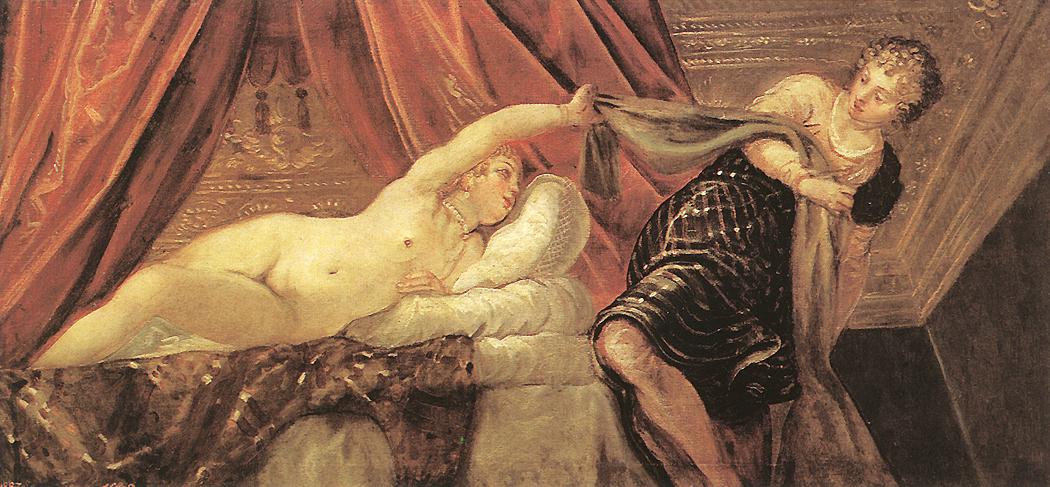




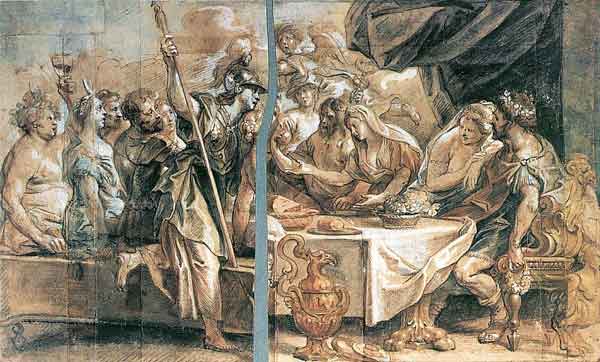



.jpg)

